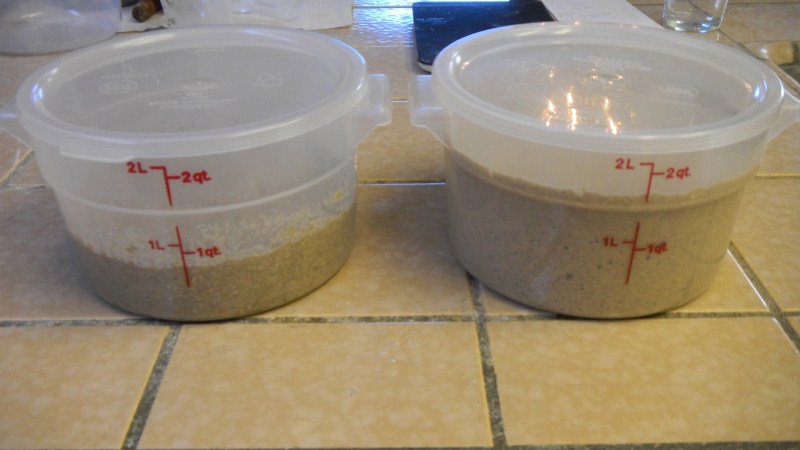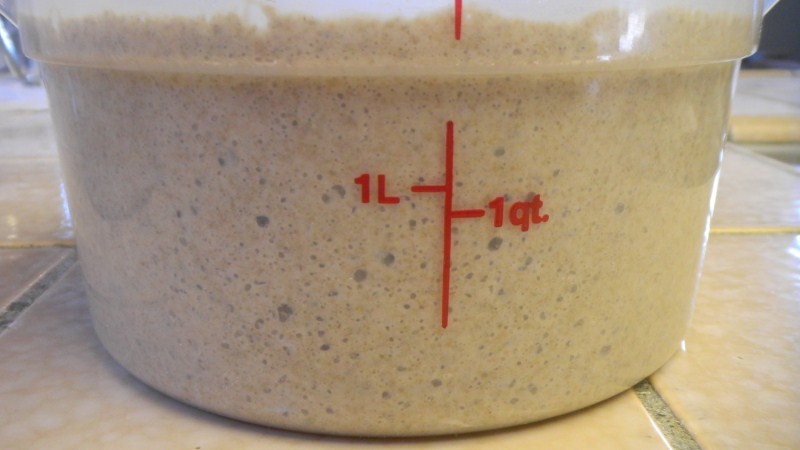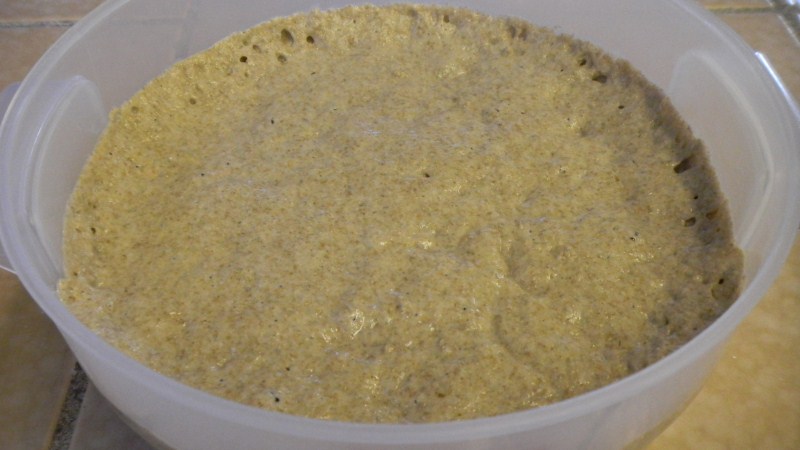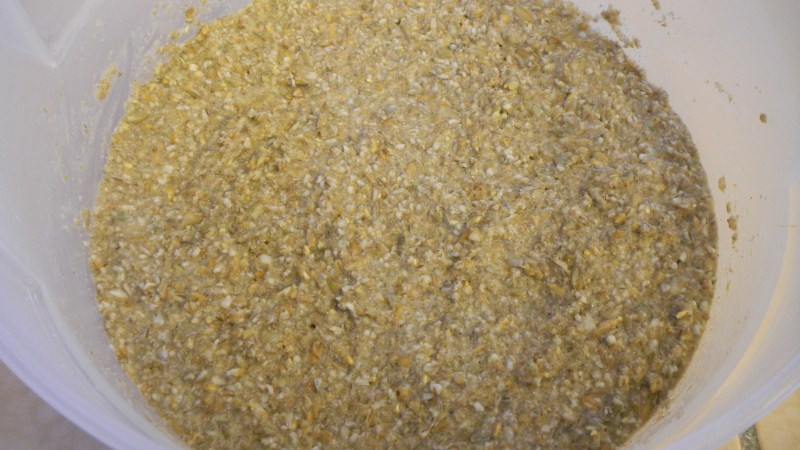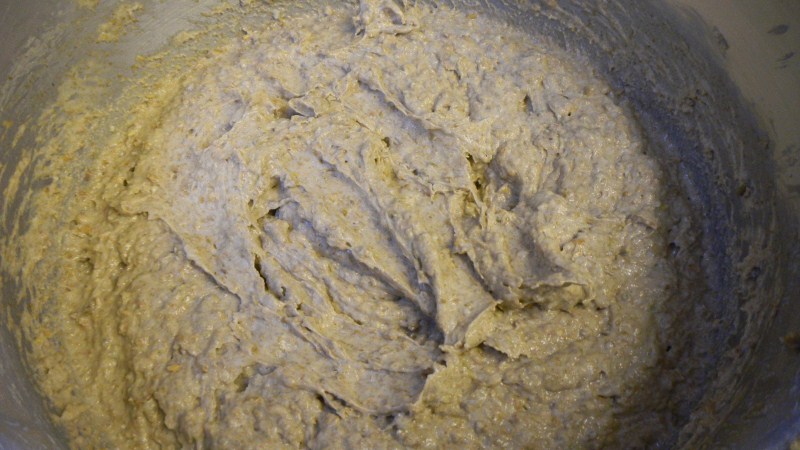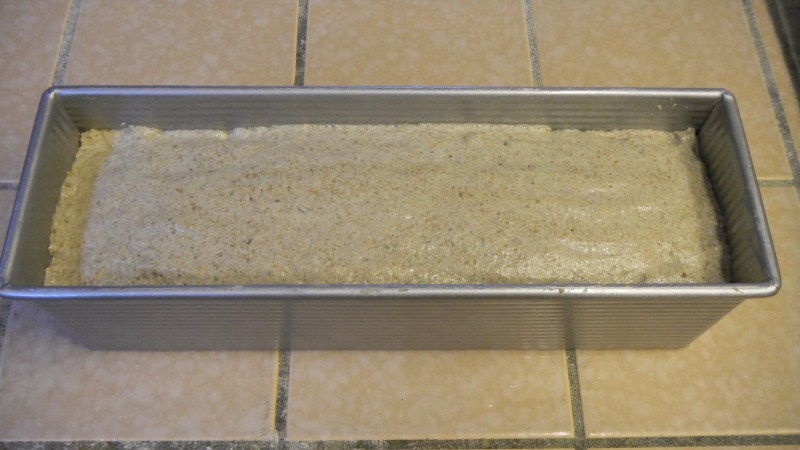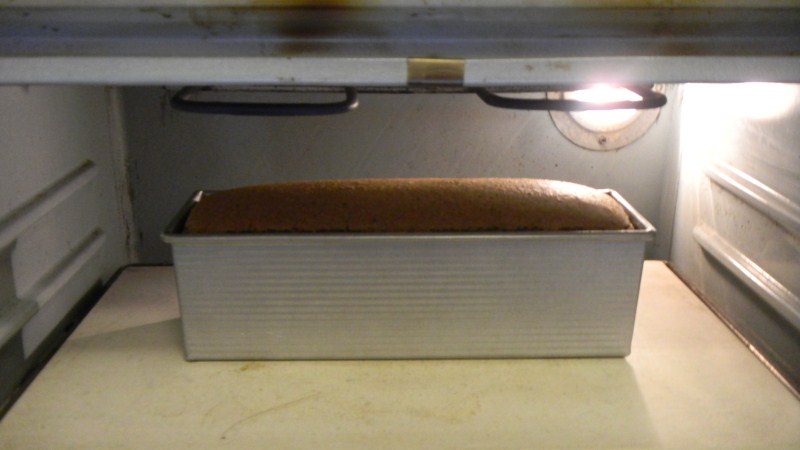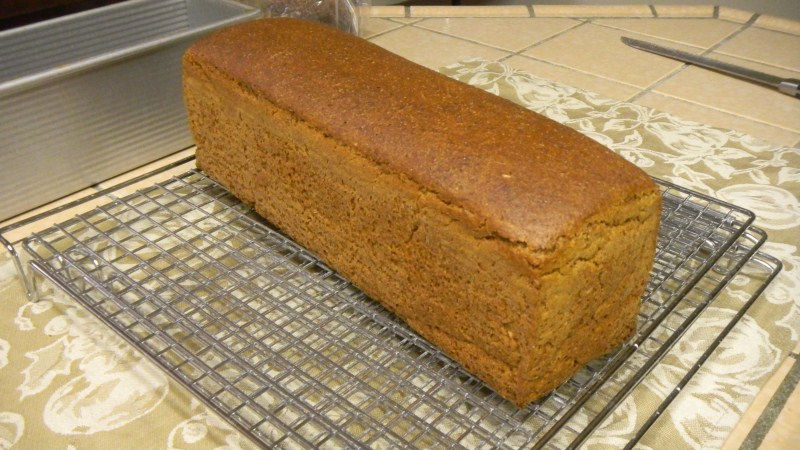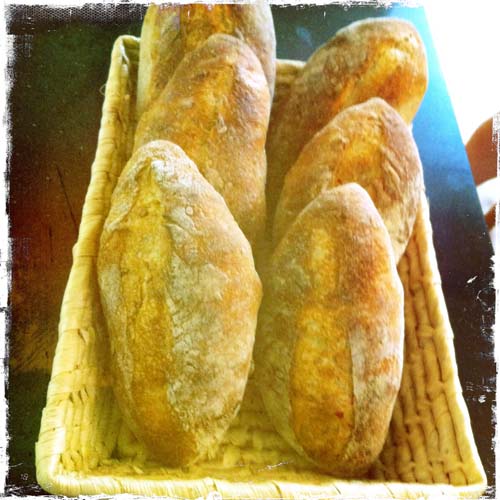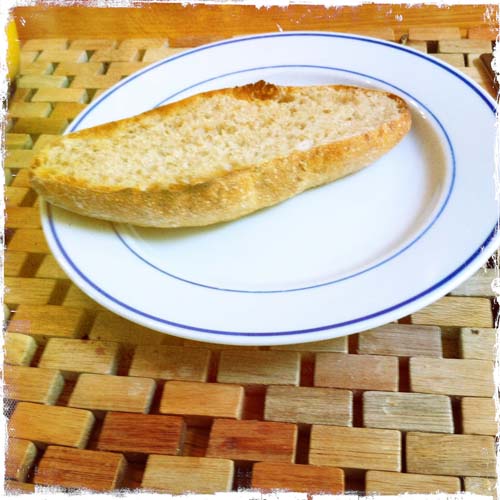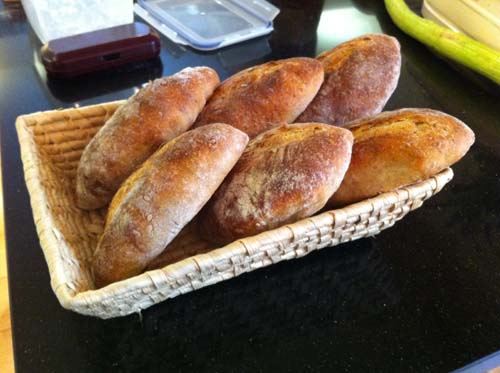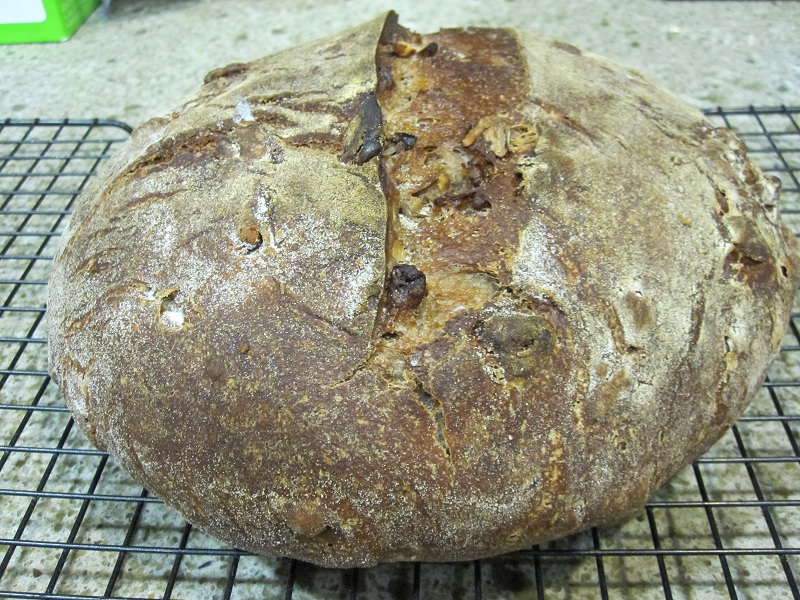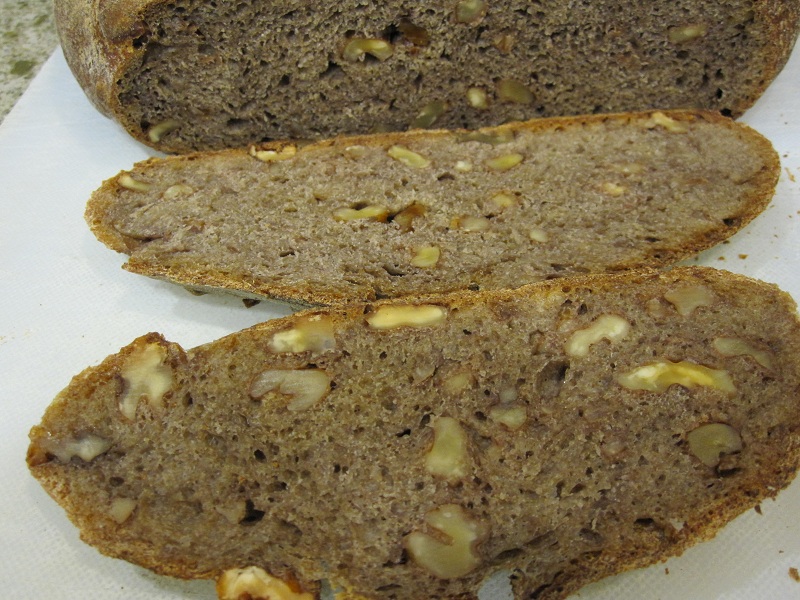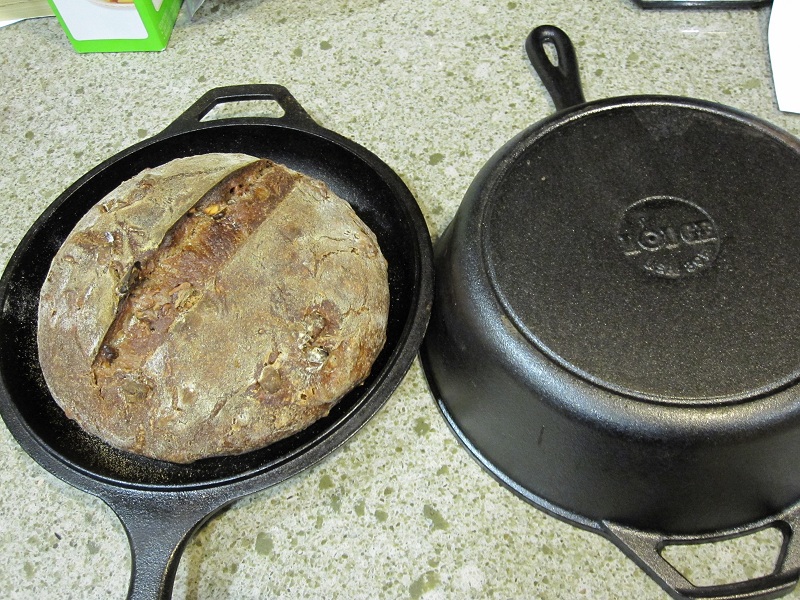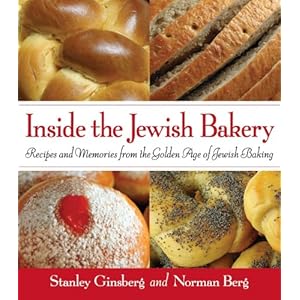
A question about fresh milled grain and fragile dough-are they related?
I just milled a batch of red hard spring wheat last week and used it to make a batch of multigrain bread today. What I noticed is that when I turned the dough out after a rise to double, it tore very easily when handling. I did 1 stretch and fold and let it rest for 10 minutes. There were several surface tears forming as it rose slightly in that 10 minutes. I was going to do another S&F after 40 minutes but I didn't like where this was going. I divided,formed and panned the dough. It seemed...fragile... when handling and tore very easily. I was going to just make boules but it seemed too stretchy and flattened easily. This was a well developed and well kneaded dough. That is an important factor in this particular multigrain loaf.
The only other significant factor I can think to add is that I use a preferment with equal volume flour,water(about 1 cup each) and 2 tbsp sourdough starter. It was "ready" last evening but I never made the loaf so I added an additional 1/2 c whole wheat flour that was also milled last week. It was quite cool in the house (65F) so I thought it would be fine. Today it looked quite satisfactory and smelled nice and yeasty. This dough was a "seat of the pants" put together of a large loaf so my measurements are non-existent. I've made it so many times I just do it. It is rising quite nicely in the pan but there are tears apparent in the surface where there was any tension.
Is it a factor that the flour wasn't "aged" post milling? I've never had that issue before though I have had this tearing issue once or twice-never been able to pin anything down as to why. Is it related to the sourdough preferment? Is this an enzyme problem as a result of a longer pre-ferment?


